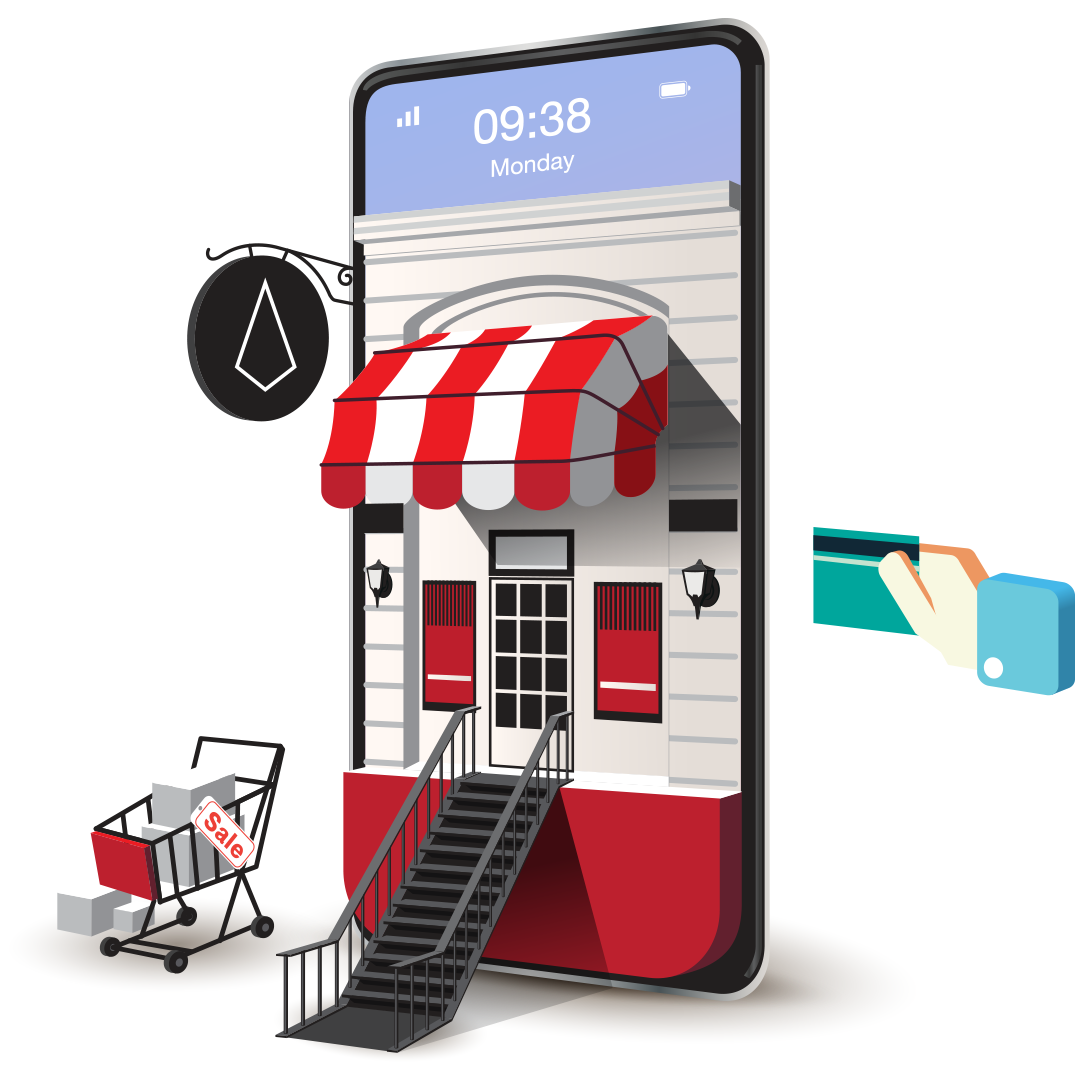Successful businesses consist of many parts—products and services, employees, marketers, suppliers, etc. While each piece is an integral part of the machine that keeps your business running, the bloodline of your brand relies on one thing: your customers.
The reason big brands like McDonalds, Nike, and Apple have survived over the years is solely due to their loyal customer base. While these brands may seem untouchable, the success of every business is a risk if they don’t continuously find ways to keep their customers satisfied. Take Blockbuster for example. At one point in time, Blockbuster Video was the most recognizable video rental brand. But after the release of Netflix, Blockbuster was unable to keep up with other digital services and filed for bankruptcy in 2010. With the rapid rise of digital streaming, customers no longer saw the value of video rental stores. Instead of finding ways to stay relevant in their consumers’ eyes, Blockbuster chose to stay stagnant and was ultimately forced to close their doors as a result. You could have the most innovative product to ever grace this earth but if people aren’t buying it, your product doesn’t really matter. In order to find gold at the end of the rainbow, you need to ensure that every step of your customer’s journey with your brand keeps them coming back for more.
What is the Customer Journey?
To truly understand your customers — like how they think, breathe, and eat (okay, maybe not that in depth) — you need to first understand their customer journey. The customer journey consists of every single touchpoint your customers have with your business. This could include them visiting your website, calling your business, or seeing your ads online. But it’s important to note that there isn’t one, unified customer journey. One customer’s interactions will look very different from the next. If you’re anything like every other business owner out there, your number one goal is to grow your business. In order to accomplish this, you need to think less like a business owner and more like a consumer. But tracking the customer journey isn’t as simple as it sounds. With a process that consists of so many moving parts, it’s easy to run into problems along the way.


Problem #1: Missing the Bigger Picture
There are many platforms out there that exist to keep track of the customers in your funnel—VOIP, CRM, POS, etc. But with so many individual touchpoints, you’re missing out on the bigger picture of your customer’s experience. Sure, with your POS data you can see that a customer made a purchase from you last week. But what drove them to make that purchase? Was it the result of seeing a social media ad? Or maybe they visited your website first? Without the full picture, you’ll never truly know if your marketing efforts are making a difference.
Problem #2: Manually Inputting Data
You don’t need me to tell you the many things that could go wrong with manually inputting data—typos, blank fields, fields that aren’t filled in correctly, the list goes on. These problems create massive headaches for your marketing tools and leave large holes in your data. Let’s just say that you forgot to input a customer’s zip code or you put it in the wrong field. Not only will this make it extremely difficult to determine your customer’s address, it will make it impossible for your data analyst to track geographical marketing trends.


Problem #3: You Have All the Data...Now What?
One of the most frustrating problems a marketer can face is having all of this awesome customer data right in the palm of their hands but not knowing what to do with it. According to Smarter CX’s 2018 insights report, 57% of respondents reported being unsure of what to measure in order to indicate if their customer experience strategy was improving. As a business owner, there’s no doubt that you like to see a nice return on your investment. But when you’re unsure of what to measure, you’ll never be able to use the data to your advantage and achieve the return you’re looking for.
Putting All the Pieces Together
While each issue may vary from the next, the root of the problem remains the same. To get the most out of your marketing efforts, you need to invest in tools like Marketing Milk that can pinpoint where your customers are coming from and track the results from your various data platforms all in one place. We’ll build a bridge of information that connects your social networks and platforms directly into Marketing Milk. From there, we’ll collect all of your data and combine it into a digestible report that outlines exactly how your business is performing. Connecting the dots for your customer’s journey has never been easier.

Are you ready to transform your marketing efforts? Schedule a call with one of our Data Scientists to learn how Marketing Milk will drive new customers and grow your business.
